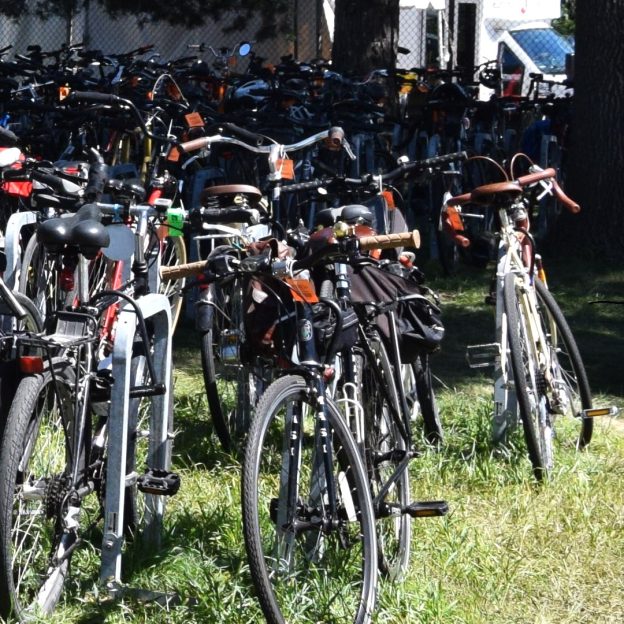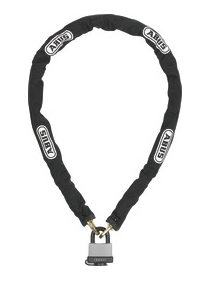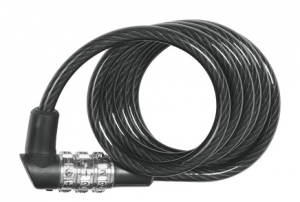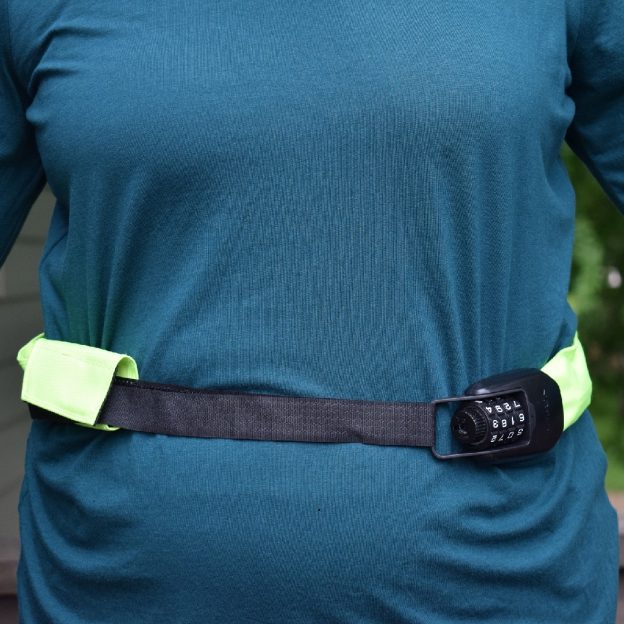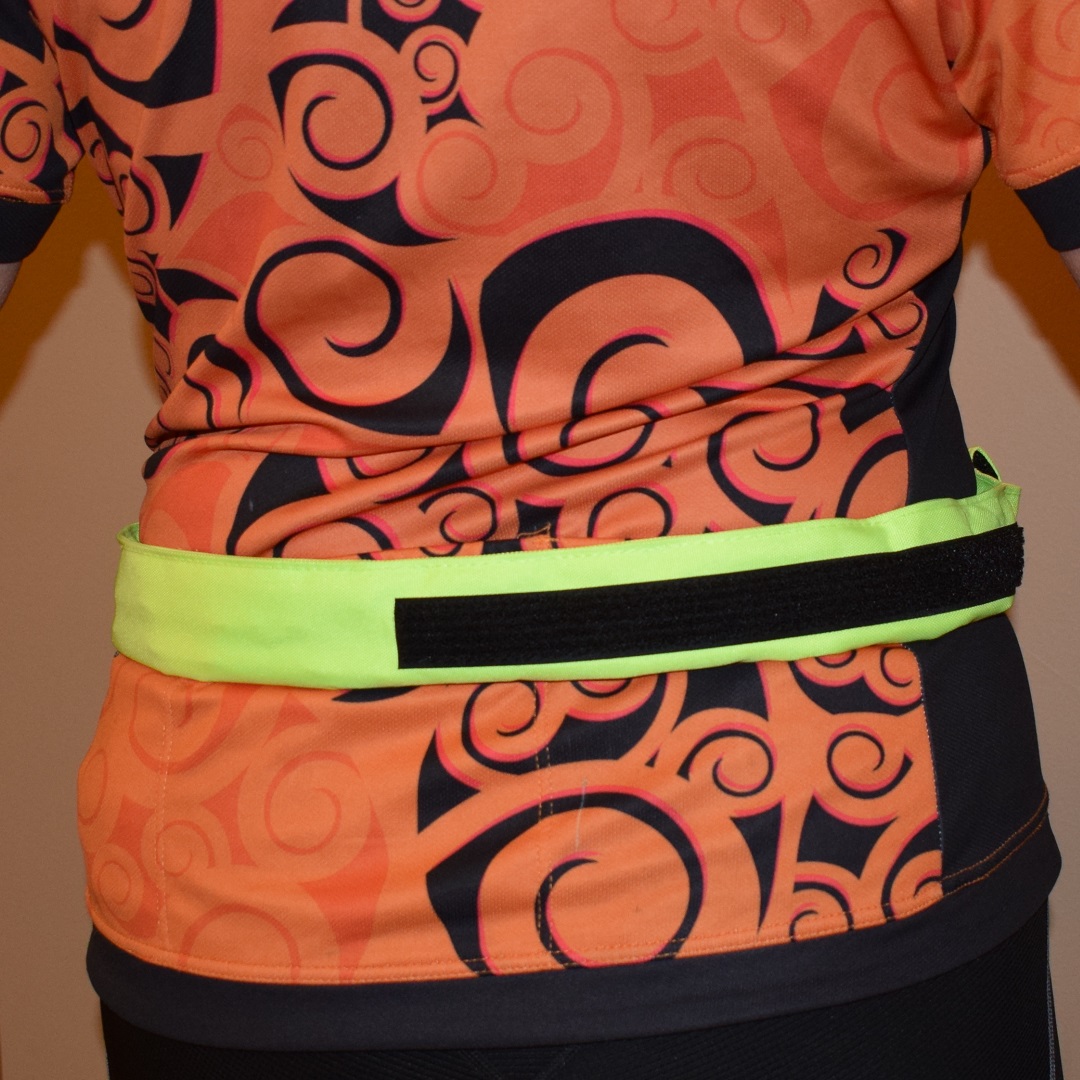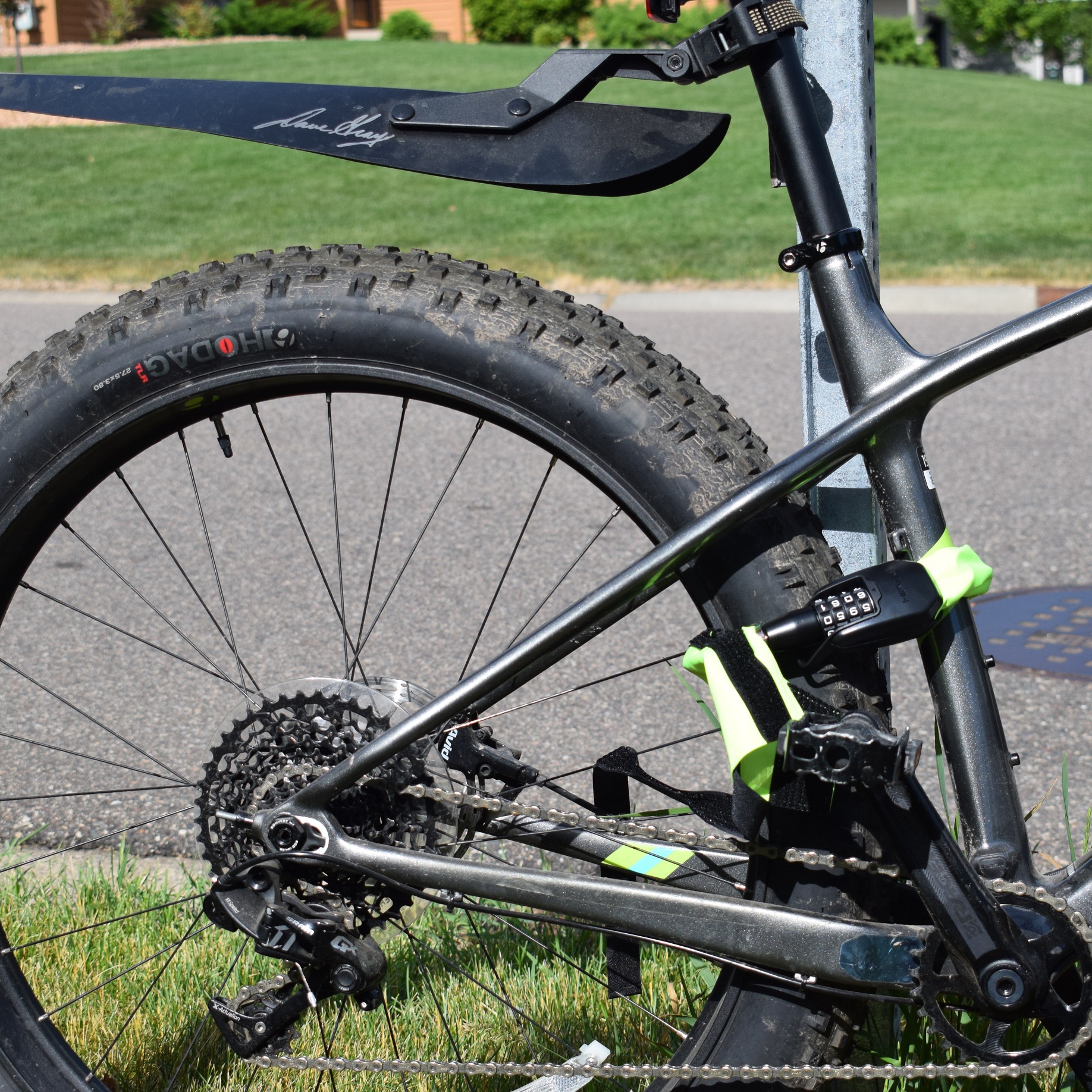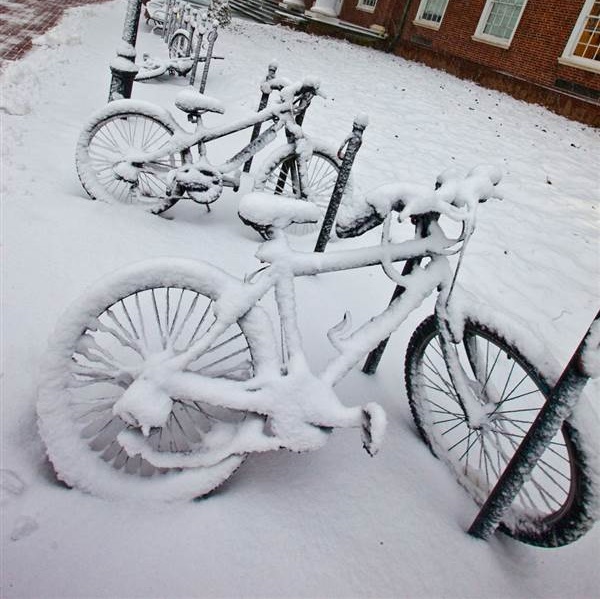by John Brown
Bikes in general, are stolen often, but for a thief in today’s crazy world, an electric bike is the crown jewel. With e-bikes, normally a larger investment here are some bicycle theft prevention ideas to consider. To protect your bicycle investment, consider using a combination of a U-lock, or cable lock, along with a GPS-tracking air tag. You could also take the bike inside a building with you or use a mobile bike storage locker for storing your bike. Using a combination of the above locks will deter a thief. And with a GPS tracking device attached will help you retrieve your bike if it is stolen.
Types of bicycle theft prevention
Not all situations require the same level of security. Also, there isn’t a lock in existence that a motivated person can’t get open. Therefore, there are many different types of locks for different situations. Picking the right lock should dissuade a potential thief from even trying to take your bike.
U-Lock

U-locks are a good bicycle theft prevention tool.
The most reliable bike locks are U-locks. They consist of a steel bar bent in a ‘U’ shape that fits into a straight locking mechanism. These locks are also resistant to bolt cutters and hacksaws, and a potential thief would need a lot of uninterrupted time and powerful tools to get through one. Many U-locks offer an insurance program where the lock manufacturer will pay you to replace your bike if it is stolen. All you have to do is register your bike.
Chains
Chain locks are also popular. While some chains can be cut with bolt cutters, some versions rival the strongest U-locks in durability. Chains use hardened steel links and padlocks to keep your bike secure and offer much flexibility in what you can lock your bike to. Look for versions that have some better covering over the chain (either rubber or fabric), because it goes a long way in protecting the finish of your bicycle.
Cables
The least secure lock is a cable lock. Cable locks use steel cables with a built-in key or combination mechanisms to secure your bike. These locks are great for stopping someone from grabbing your bike and running off with it. But if a thief is prepared and motivated, they can cut through these locks in a few seconds. However, cables do offer the greatest flexibility in what you can lock your bike to.
GPS air tag devices and alarms

There are a lot of pros and cons to these devices, But for the price, I say it’s just an extra chance for recovery. Intalled inconspicuously, these tracking/internal bicycle alarm systems combine with a bicycle lock adds to the chance you are going to get your bicycle back if stolen.
Secure indoor bike storage options
First and foremost, secure indoor storage is best! Especially in an area that stays above freezing, if you have an e-bike to protect its battery. If any of your bikes will be stored in a public area of your building, please use one of the bike lock systems above.

Safe, weatherproof storage lockers are like a garage for your bike.
Bike lockers are another bicycle theft prevention option and are available at many municipalities’ Park & Ride lots, near bus stops, and other community locations. Check your city’s website for a location near you. In Minneapolis, see info on Metro Transits bike lockers,
How to Lock
Location, Location, Location
First and foremost: Lock your bike in a secure location. The ideal location is in plain sight with a lot of traffic. The more conspicuous a thief needs to be stealing your bike, the lower the chance is of them trying to take it. And always remember to lock your bike to something secure. For example, a parking meter might look secure, but if an industrious thief has removed the hardware that secures the meter to the post, they can quickly slide your bicycle and lock up the post and be on their way. So search for immovable objects like a bike rack that’s bolted to the ground.

This bike rack was cut and taped back together by a bike thief. Be sure what you lock to is secure.
Protect Your Bike Parts
Bikes are built with quick-release wheels and seats. It’s fine to lock the frame, but a thief might just take a front or rear wheel if available. If you use a cable or chain, lace it through both wheels, the frame, and whatever you’re locking the bike to. If you’re using a U-lock, then remove the front wheel and place it next to the rear wheel. Then capture both wheels and the frame when you lock it up. Many manufacturers make component-specific locks that secure your wheels or seat to the bicycle frame.

Frame locks and locks that replace your wheel’s quick-release levers are common on commuter bicycles
If you follow these tips, then you’ll be on your way to making sure your bike isn’t stolen, and it’ll be one less thing for you to worry about.
If it is stolen, a GPS tracking device may help you get your bike back
Even with the best security measures, nothing is 100% theft-proof. With thefts unfortunately a sad reality of bicycle ownership, a tracker could help provide some peace of mind – and the means to find your bike – should the worst happen. Bicycle trackers are an emerging technology that allows riders to locate their bike, usually through a dedicated app. following a GPS chip.
